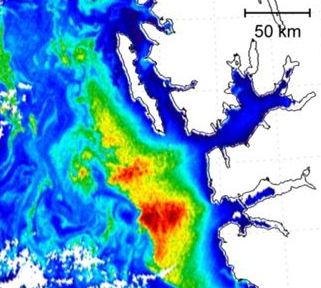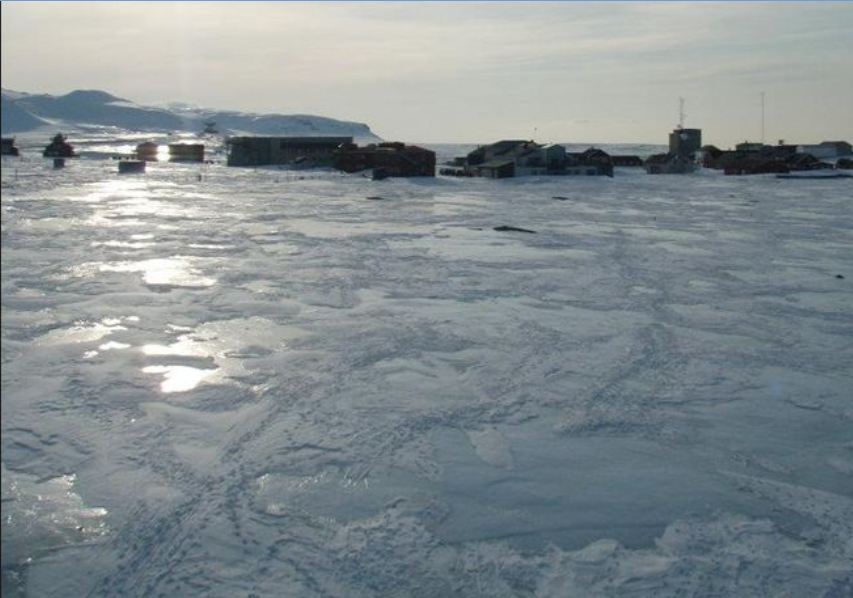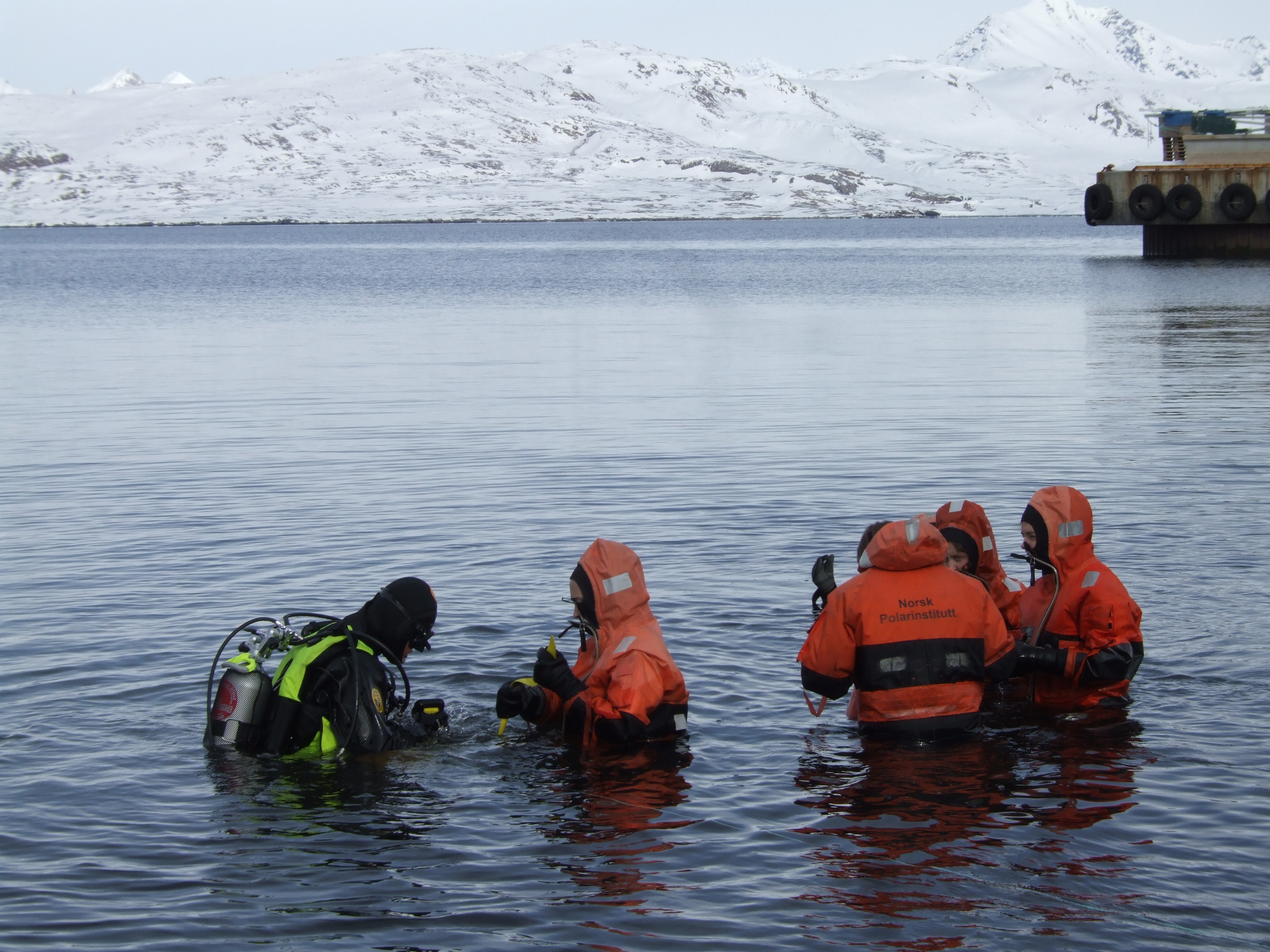We have been studying the bio-optics in the Barents Sea and the Fjord areas around Svalbard. The primary goals involve:
- Understanding how high amounts of aerosol pollutants from the phenomena known as “Arctic Haze”, the end product of massive transport of air pollution from various midlatitude sources to the northern polar regions, influence the atmospheric correction of satellite imagery. While aerosol pollutants are thought to cool midlatitude climates by enhancing reflection of sunlight, the net effect is thought to enhance warming in the Arctic through increased solar absorption, altered cloud properties, and snow albedo effects.
- Understanding how glacial meltwater will influence the bio-optics of fjords and coastal waters of the Arctic and the potential for remotely montoring plumes from space. This is similar to prior work in the Southern Ocean (Dierssen et al. 2002)
- Understanding how climate variability influences the presence of Coccolithophores and particulate inorganic carbon in the Barents Sea (Hovland et al. 2013)
This research is a collaboration with Geir Johnsen at the Norwegian Technical University in Trondheim Norway (NTNU) and the University Centre of Svalbard (UNIS), Erlend Hovland at NTNU, and Mark Hermanson at UNIS.
 |
 |
 |